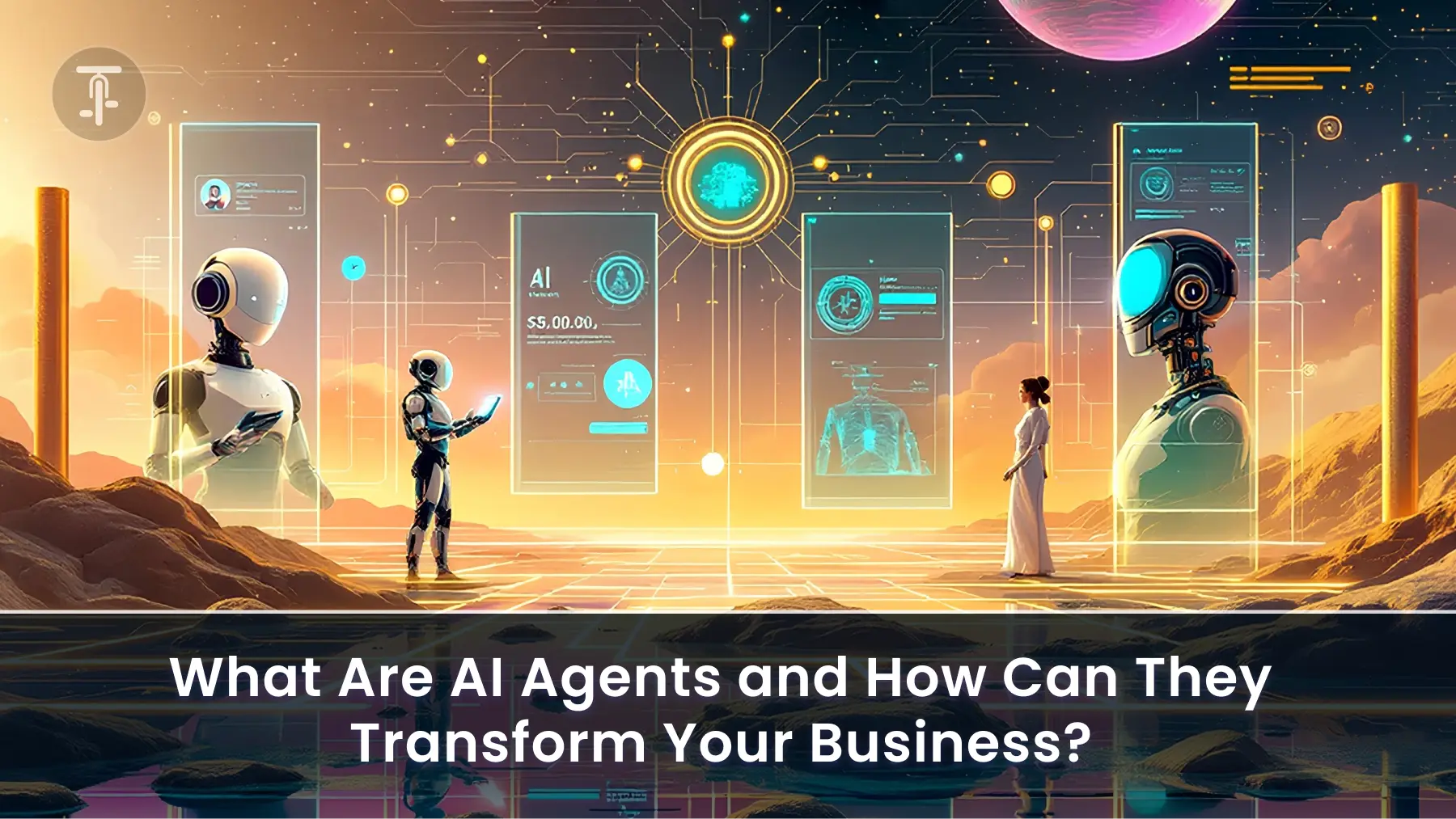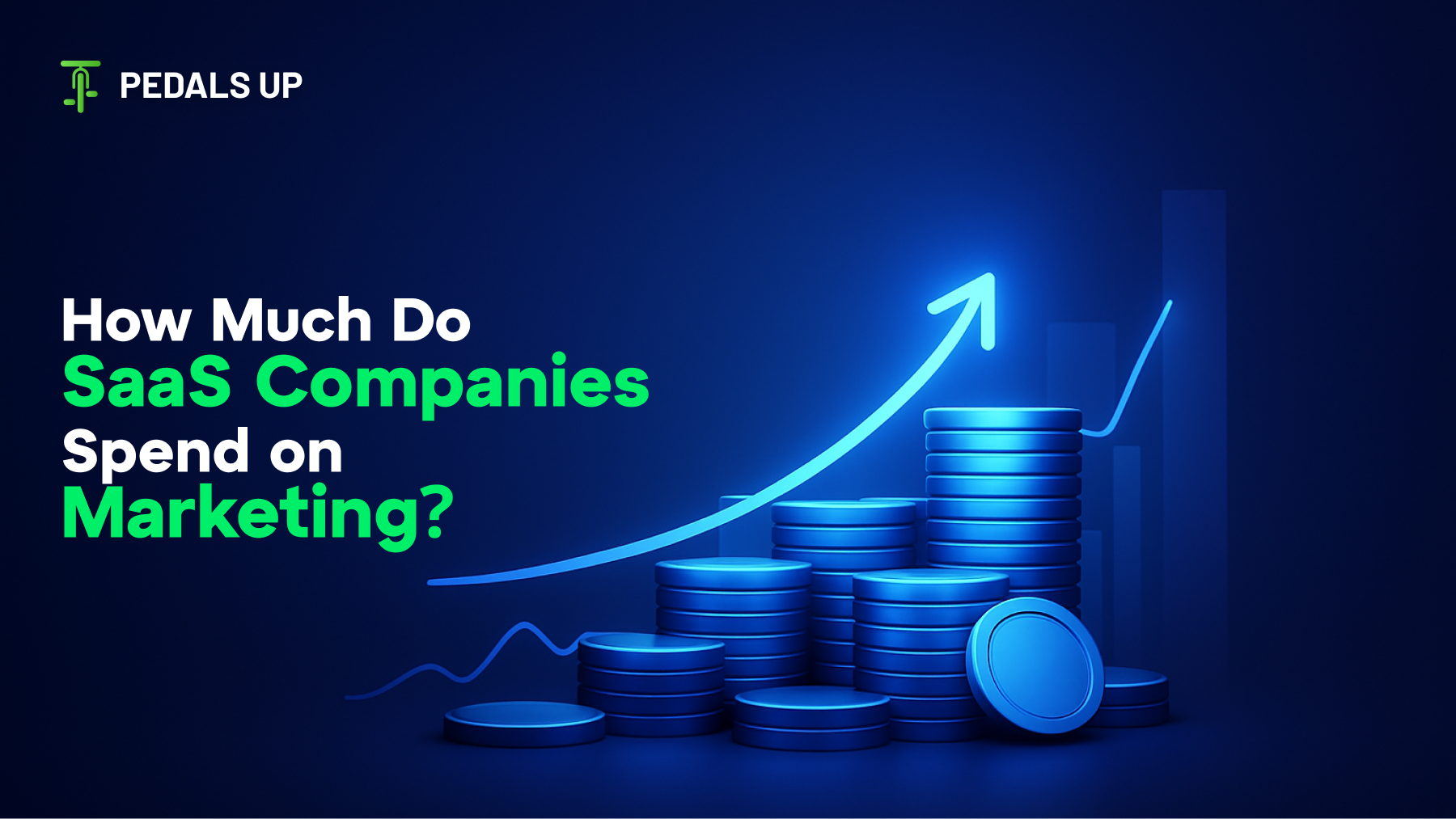The Global Tokenization Wave
Did you know that the tokenization of real-world assets (RWAs) is on track to be a multi-trillion-dollar market? Market leaders such as BlackRock and Franklin Templeton are already making their moves, which marks a historic change in the way we own, trade, and transfer assets. From private credit and real estate to fine art and commodities, being able to fractionalize and digitize ownership on the blockchain is unlocking record liquidity and accessibility.
Yet, this revolutionary potential comes with enormous challenges. Constructing a viable RWA platform isn’t merely a question of technical magic; it demands a profound grasp of complicated regulatory environments, ironclad security measures, and robust legal foundations. One misstep can result in regulatory penalties, investor distrust, and project failure.
At Pedals Up, we know that closing the gap between conventional finance and the blockchain demands a careful, multi-disciplinary effort. This guide offers a step-by-step path to creating a secure, compliant, and scalable RWA platform that will withstand the most intense examination.

Step 1: The Blueprint – Determining Your Strategy and Legal Framework
Before you write a single line of code, the foundation has to be solid. The legal and business strategy is the most important phase of your project.
1.1. Define Your Business Objectives
What is the central mission of your platform? Your target asset class and audience will inform all subsequent decisions.
- Real Estate: Will you be allowing fractional ownership of commercial buildings or residential property?
- Private Credit: Are you digitizing private debt to enable new pools of liquidity for institutional investors?
- Art & Collectibles: Is it to make high-value, illiquid assets available for investment by a wider pool of people?
Your target user is a key consideration. An institutional investor platform (B2B) will value different features—such as sophisticated compliance reporting and API integrations—than a retail investor platform (B2C), which will need to concentrate on ease of use and low barriers to entry.
1.2. The Legal and Regulatory Compass
The world’s regulatory environment for digital assets is a patchwork quilt of changing rules. It’s a place best navigated with expert advice.
- Jurisdictional Compliance: Rules vary wildly from the U.S. (SEC guidelines) to the EU (MiCA) and Singapore (MAS). You need to bring your platform into line with the laws of each jurisdiction in which you intend to operate, for both asset originators and investors.
- Security vs. Utility: The classification of a token as a security makes a huge difference. If your token is an investment in a “common enterprise” with the expectation of profit from others’ efforts (the Howey Test), chances are high that it’s a security and comes under strict regulation.
- Legal Counsel: The hiring of an experienced legal firm is not optional. They’ll assist you in creating the legal structure, preparing offering memoranda, and making your smart contracts legally enforceable and reflective of valid ownership rights.
Step 2: The Core Foundation – Blockchain and Smart Contract Development
Your chosen technology is the foundation of your RWA platform. It should be strong, scalable, and secure.
2.1. Choosing the Right Blockchain
The choice between a public and a permissioned blockchain depends on your use case.
- Public Blockchains (e.g., Ethereum, Polygon): Great for projects that want utmost transparency, decentralization, and a vast developer community. They provide better interoperability, enabling your tokenized assets to communicate with other DeFi protocols and exchanges. Polygon, being a Layer 2 solution on Ethereum, provides a high-throughput, low-cost environment suited for platforms with lots of transactions, such as those pertaining to fractional ownership.
- Permissioned Blockchains (e.g., Hyperledger Fabric, Corda): Ideal for institutional consortia and enterprises that need private, high-control networks. These platforms support fine-grained access control, where only authenticated participants can see certain data or trade on the network.
2.2. Smart Contract Development and Audits
Smart contracts enable the automation of rules for your tokenized asset, ranging from transfers of ownership to dividend payouts. Their security is paramount.
- Custom vs. Template Contracts: While you can create custom contracts, employing tried and tested, audited standards such as ERC-20, ERC-721, or ERC-1400 offers a proven and familiar platform. ERC-1400, for instance, is intended for security tokens, with native functionality for handling investor rights and transfer limitations.
- Security Audits: A third-party security company audit of a smart contract is a critical, non-optional process. As noted by cybersecurity companies such as Halborn, these checks expose vulnerabilities before your code goes onto the immutable blockchain. Any code bug might be exploited, causing asset loss beyond recall.
- Upgradeable Contracts: Although blockchains are immutable, contemporary smart contracts can be made upgradeable. This enables you to backport patches for vulnerabilities or introduce new functionality without a complete migration, an essential feature for long-term platform sustainability.
2.3. The Importance of Oracles
RWAs are in the physical world, but their value has to be expressed on the blockchain. Oracles enable this bridge. They’re third-party providers that input external data (such as asset valuations or property status) into smart contracts. A solid and dependable oracle solution is essential to keeping your RWA on-chain representation accurate and current.
Step 3: Integrating Security and Compliance at the Core
Compliance and security aren’t just elements; they are supporting pillars upon which investor confidence is established.
3.1. KYC & AML: The Gatekeepers
Having strong Know Your Customer (KYC) and Anti-Money Laundering (AML) procedures in place is legally required and essential for blocking fraud and crime.
- Investor Onboarding: All investors need to be authenticated. This includes gathering and verifying identity documents, conducting liveness checks, and screening against sanctions lists. Platforms need to perform increased due diligence for high-risk customers or those from high-risk jurisdictions.
- Transaction Monitoring: In addition to onboarding, ongoing monitoring of transactions is needed to identify and report suspicious behavior, like large transactions or frequent failed transactions.
3.2. Data Privacy and Security Best Practices
Proper handling of sensitive investor information demands a very strict cybersecurity approach.
- Data Encryption: Encrypt all sensitive information, ranging from investor identities to financial reports, in transit and at rest.
- Access Control: Use multi-factor authentication (MFA) and fine-grained access controls to make sure that sensitive data is accessed by approved persons only.
- Regular Audits: Perform regular penetration testing and security audits of your entire platform—both on-chain and off-chain infrastructure—to detect and remediate vulnerabilities.
3.3. A Real-World Example: Realio’s Approach
The Realio Network is a prime example of a platform that focuses on both security and compliance. Realio’s platform is based on a public blockchain, yet it includes off-chain identity authentication and investor accreditation. This “hybrid” approach enables the transparency of a public ledger with the required legal and regulatory controls on who can hold and transfer tokens. This strategy demonstrates how it is possible to marry the open essence of blockchain with the stringent demands of conventional financial securities.
Step 4: Creating the User Experience
No platform, no matter how secure, is useful if nobody can use it. The user interface needs to be intuitive, professional, and reliable.
- Intuitive User Interface (UI): For asset issuers and investors alike, the platform must make complicated processes easier. Issuers must have an easy-to-use dashboard to manage their assets, whereas investors must have a smooth experience for onboarding, buying tokens, and portfolio management.
- Custody Solutions: You need to offer a secure method for investors to hold their tokens. Choices include non-custodial wallets (where the user holds their private keys) or custodial solutions (where a regulated third party holds assets on behalf of the investor). Institutional investors often want a custodial solution for extra security and insurance.
Partner with Pedals Up to Construct Your RWA Future
The tokenization of real assets is a challenging odyssey, but the payoff is revolutionary. It takes a careful, integrated strategy to address legal, technical, and operational issues. A winning platform isn’t solely about code; it’s about the security, compliance, and trust you establish with your investors and partners.
At Pedals Up, we specialize in walking firms through this very process. From strategy and legal structuring upfront through secure smart contract development and consumer-centric design, our team has the know-how to make it happen. We don’t simply create platforms; we create secure, compliant, and scalable digital ecosystems that will shape the future of finance.
Ready to spearhead the RWA revolution? Don’t let compliance issues or security issues get in the way. To see how we can assist you in creating a secure, compliant, and successful RWA platform.




